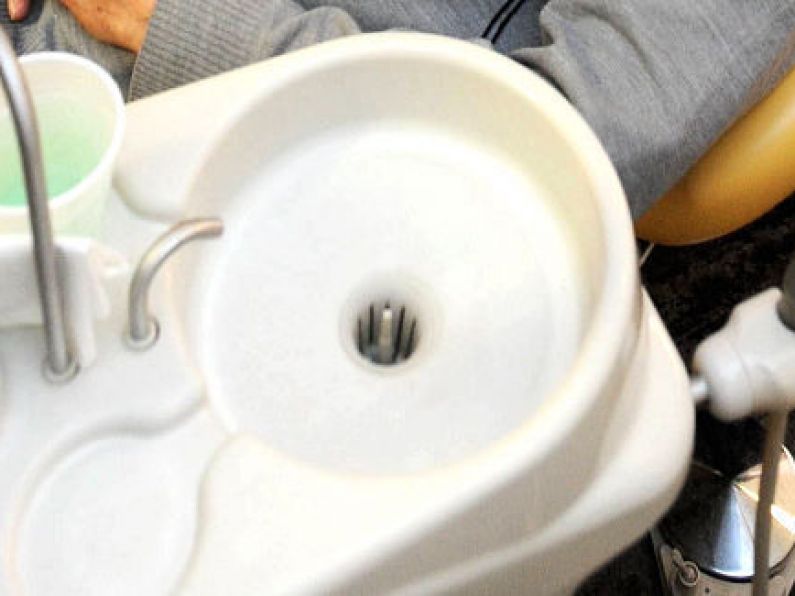Fishery groups are calling for an investigation into alleged pollution of the Waterford Estuary.
Fishermen say they have noticed a significant decrease in shellfish and mussels, and the disappearance of seaweed in some parts.
Alex Crowley, the General Secretary of the National Inshore Fishermen's Association (NIFA), said that it has been contacted by local fishermen about the estuary.
NIFA general secretary Alex Crowley says that the Waterford estuary supports important inshore fisheries for shrimp, whelk, lobster, velvet and green crab, and there is also pelagic trawling for sprat and herring and dredging for various bivalve species.
The estuary is close to an “important spawning ground for a number of commercially important species including Celtic Sea herring”, the organisations state.
Crowley said that local fishermen have recorded a “noticeable decline” how shrimp, whelk and velvet crab stocks.
NIFA, which was established in 2017 to represent around 200 smaller commercial vessels, opposes the discharge license application sought through the Environmental Protection Agency (EPA) by Great Island Power Station, located across from the fishing village of Cheekpoint.

Waterford Estuary
The harbour constable of Cheekpoint, Sean Doherty, said the "mussels bed were the most obvious, it appears there's been a scorching of the seaweed". He told WLR that he is losing faith in the EPA, which "has been there from the start", and believes an "inspectorate" is required to oversee any future study of the estuary.
Great Island Power Station is currently operated under an Integrated Pollution Prevention Control (IPPC) licence, administered by the EPA. Waterford City and County Council directed WLR to the EPA when asked if it had concerns over happenings in the estuary.
'No non-compliant emissions'
When contacted by WLR, the EPA said it had updated its section on the Waterford Estuary with new information, noting that SSE has "stated that the usage of sodium hypochlorite in 2019 was 1128 tonnes and in 2020 was 525 tonnes".
Under the terms of the license, the EPA regulates the emission of chlorine in the used cooling water discharged to the Waterford Estuary. "No non-compliant emissions have been recorded at the discharge (SW2) during monitoring undertaken by both the Agency and the licensee in the period January 2019 to date," the fresh update reads.
Meanwhile, SSE stressed that it is a responsible operator and is "committed to supporting environmental sustainability" in its work.
"SSE works openly and transparently with the EPA on an ongoing basis to ensure it is compliant with its licence conditions at all times," a spokesman said.
"SSE’s application for a licence review is part of a requirement for all large combustion plants to renew their licence under the EU’s Industrial Emissions Directive. There has been no change to SSE’s operation of the station and the power station remains fully compliant with its licence obligations."
Shell fish mortality
Regarding the claims regarding depleting shell fish, SSE said: "In 2016, and again in 2019, the EPA received reports of shell fish dieback and other marine life health issues in the Waterford Estuary. These reports alleged that the discharge of chlorinated cooling water at the SSE power station was, at least in part, a contributing factor.
"The EPA has investigated this allegation and has found that SSE are compliant with the licence limits on the concentration of chlorine in the discharged water and found no evidence that SSE’s discharge is having such an effect on shell fish and fish mortality."










